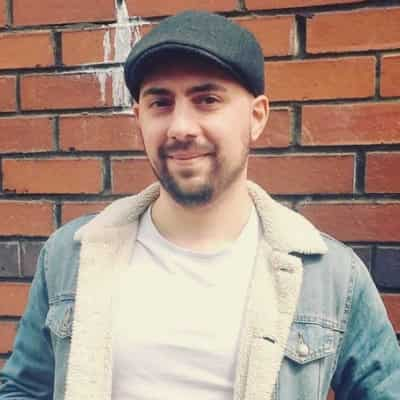Space Color Palette
Space is beautiful. No matter if you’re looking at an image of the solar system, a nebula or a galaxy… it is often quite a breathtaking sight. Now, we all know that most of the images we can see online are not real, as-you’d-see it-with-your-own-eyes images. They are reprocessed, touched up and edited so that we can actually distinguish the different nuances colors, contrast and give theses images a little bit of life.
If you were to look at an image of a galaxy unedited, you’d probably just see a picture of a big luminous swirling disc with not much appealing. But with a little edit here and there, you can now distinguish gigantic waves of dust clouds, you can see how the light coming off bright stars is lighting the scene up… You can see the difference between hydrogen and other primal elements of the cosmos.
We’ve decided to have a look at some of the most famous space images and decipher the 5 main colors that make up their (space) palette. We used the color palette generator from Canva for this.
And yes… this is how we like to have fun at StarLust.✨
Star Cluster Color Palette
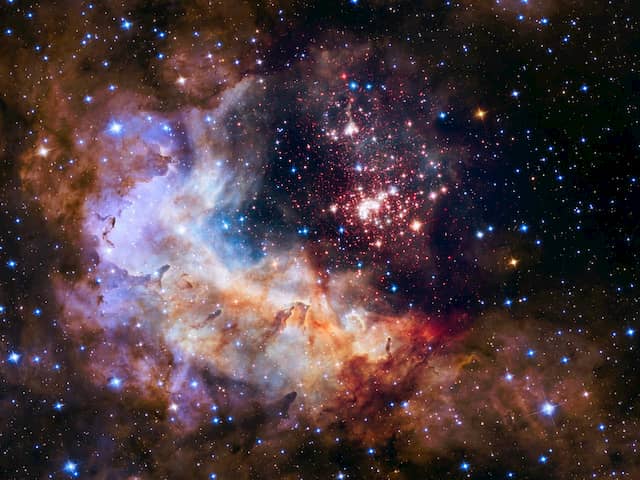
Westerlund 2
This image of the star cluster Westerlund 2 was taken by Hubble on its 25th anniversary. It really showcases the “aesthetic” of deep space objects. Credit: ESA/Hubble
Nebulae Color Palette

Pillars of Creation
This is one of the most famous deep space nebulae thanks to this iconic picture taken by Hubble in 2015. Credit: ESA/Hubble
Galaxy Color Palette
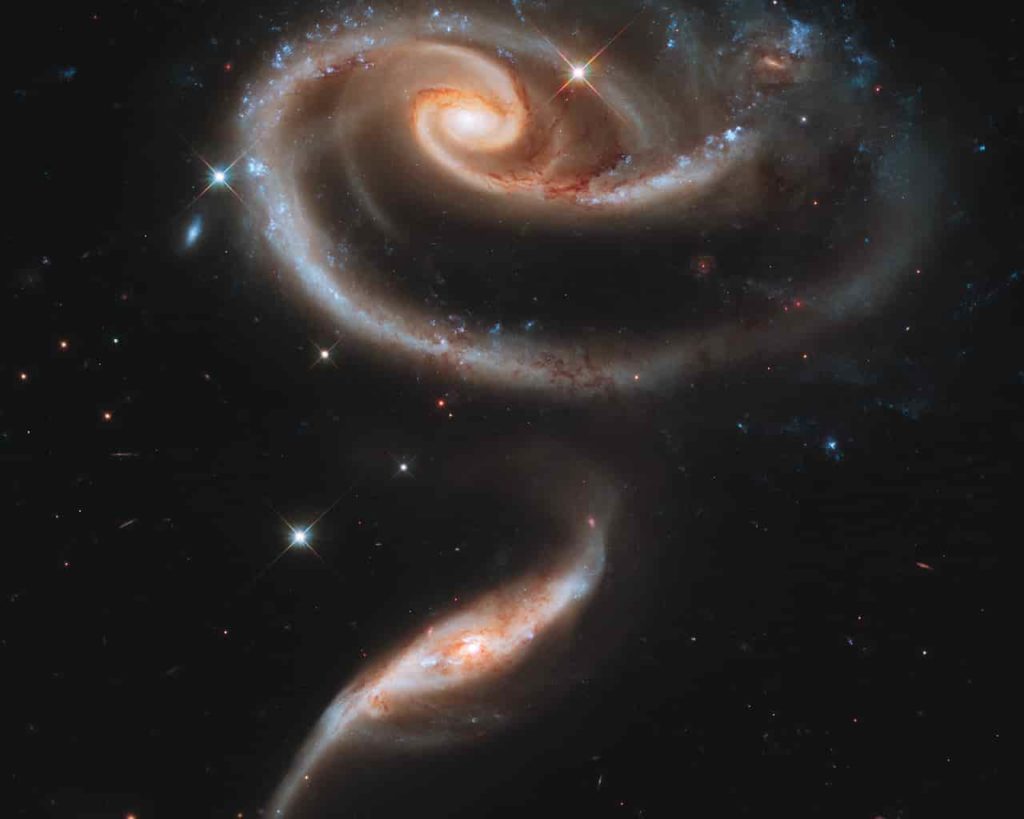
Two Galaxies interacting
This image depicts the aftermath left by two galaxies colliding. They will eventually merge into one. The cosmos is huge but encounters do happen. Will it influence their color? Credit: ESA/Hubble
Bubble Nebulae Color Palette
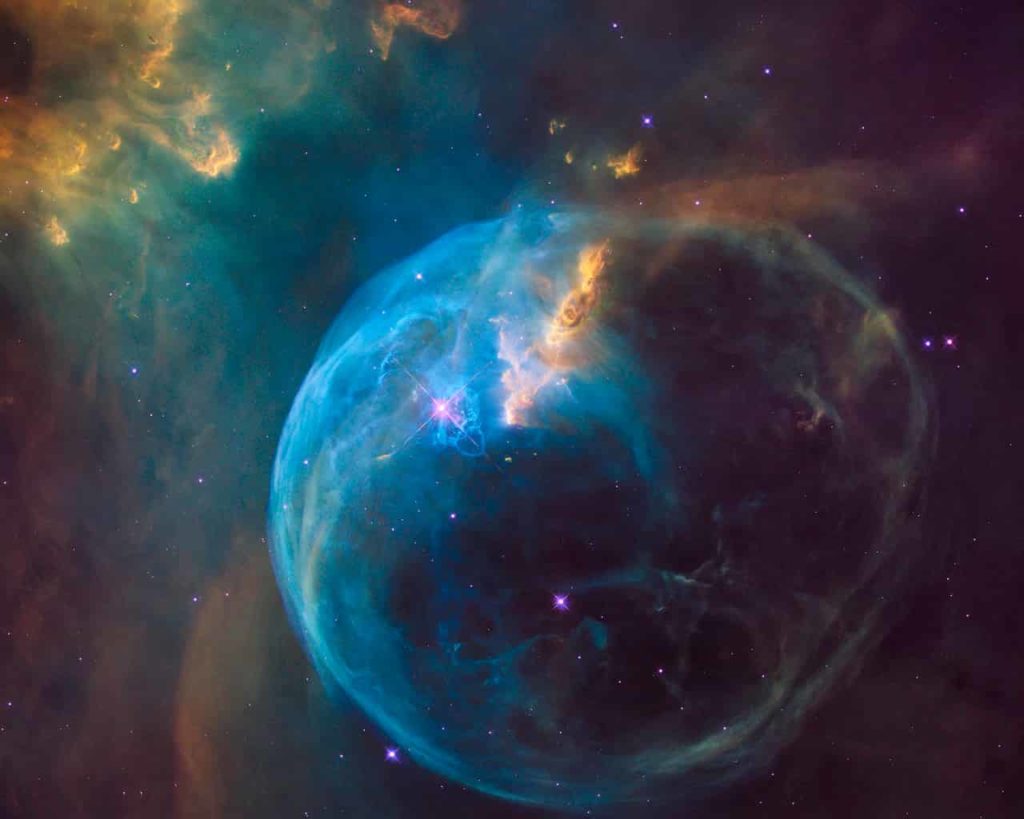
NGC 7635
This image was taken by Hubble on its 26th birthday. The colors correspond to blue for oxygen, green for hydrogen, and red for nitrogen. Credit: ESA/Hubble
Lagoon Nebulae Color Palette
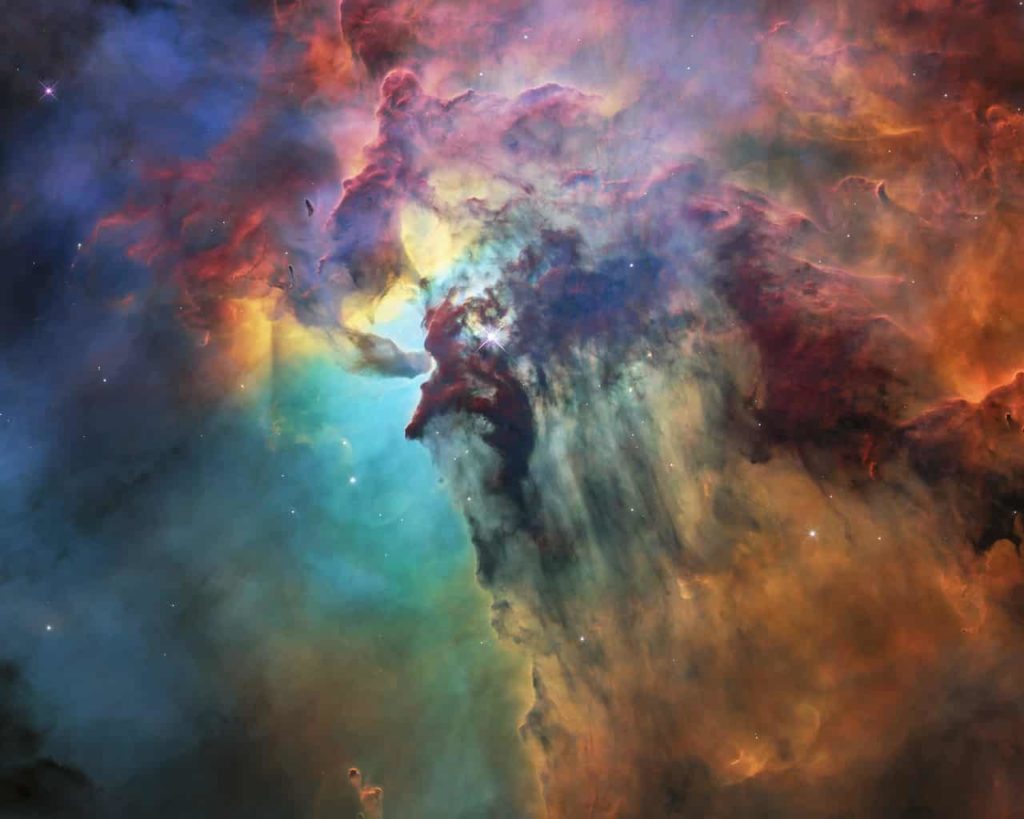
NGC 7635
The Lagoon Nebulae is a rather colourful in a cosmos where dark is the primary (non) color. Hydrogen is colored red and nitrogen is green. The blue hue is caused by the light from bright stars in the background. Credit: ESA/Hubble
Supernova Color Palette
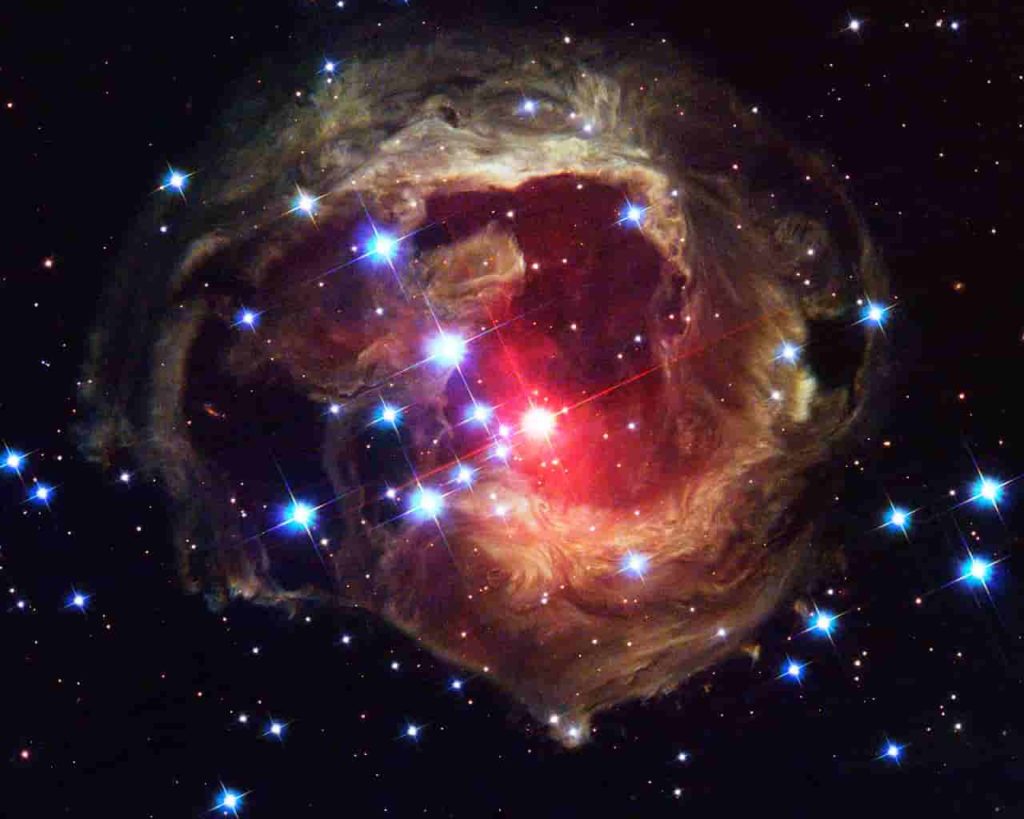
V838 Monocerotis
This image depicts the aftermath of a stellar outburst, precisely three years after the supernova happened. We can see a big star with a reddish hue in the middle, surrounded by swirls of brown dust clouds and other stellar materials. Credit: ESA/Hubble
Have you ever used a space themed palette for a project? Show us in the comments 🙂
Welcome to StarLust.org
Hey! I’m Tom Urbain, the founder of StarLust.org. I have been obsessed with space from a very young age. When I’m not binge-watching space documentaries, movies or TV shows, I can be found in my backyard, carefully collimating my telescope… ready to observe the universe!
Recommended Reading
If you fancy a little bit of space adventure while sat comfortably on your sofa under a blanket, check out our curated selection.
Do you love memes? Do you love space? If yes then this page is for you.
We have carefully selected some of the best documentaries to binge watch in 2020.
For many amateur astronomers, podcasts are a very easy way to keep up with the latest space news.
Applications for iPhone & Android have revolutionized backyard astronomy. It’s now easier than ever to find your way around the night sky.

